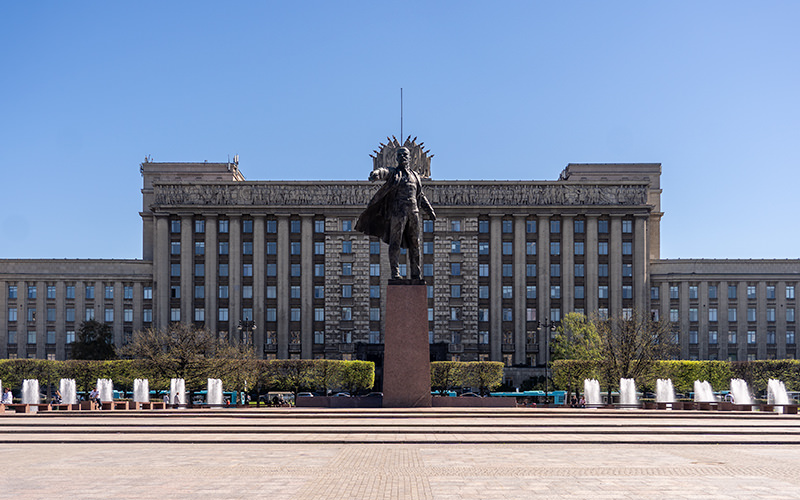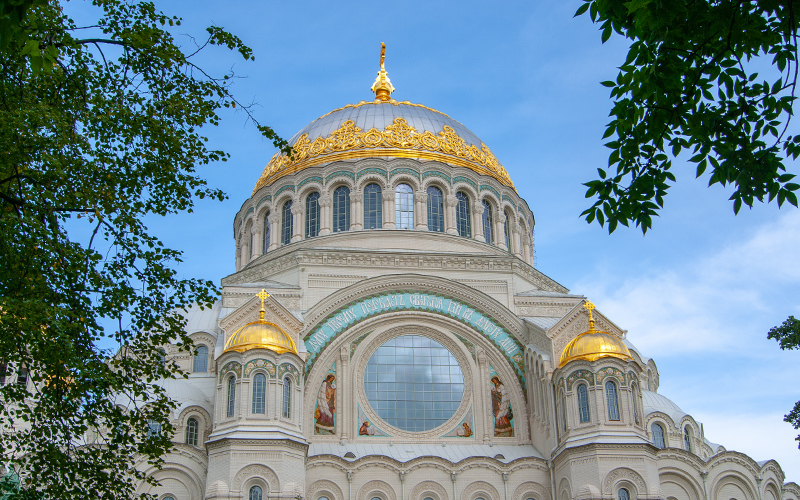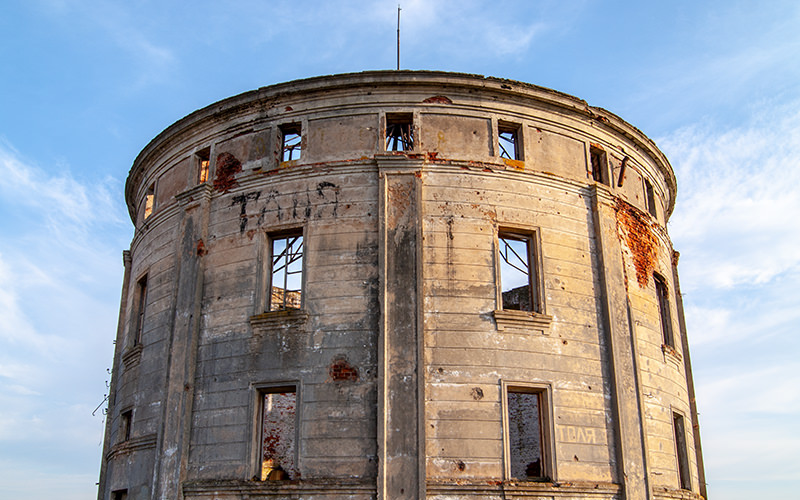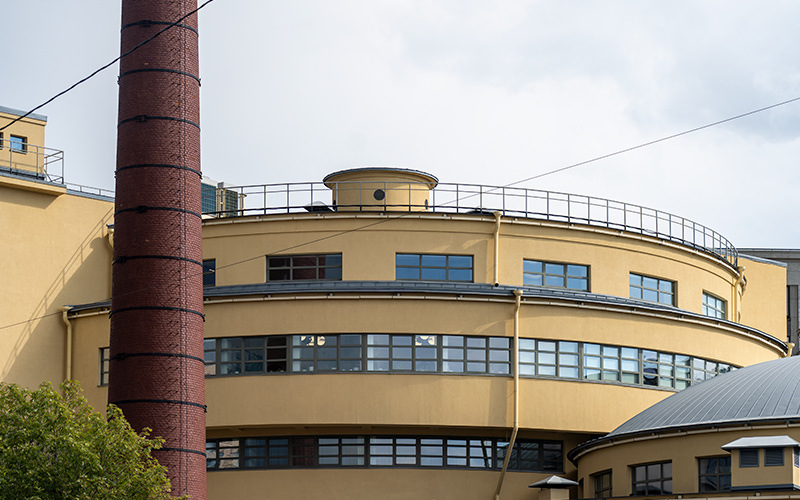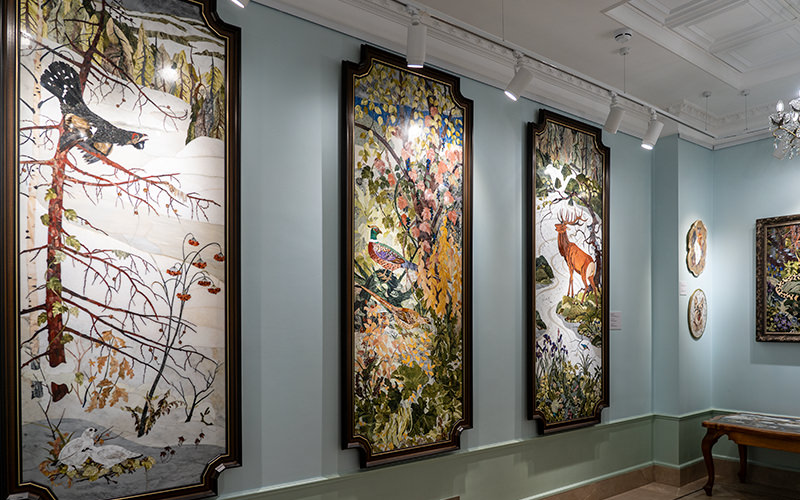At the intersection of Pionerskaya and Korpussnaya streets on the Petrograd side, there stands an unusual building—the power station of the "Krasnoe Znamya" knitwear factory, a monument of Leningrad avant-garde architecture. Today, we will not only learn some facts about the history of this industrial architecture site but also take a look inside this peculiar structure.
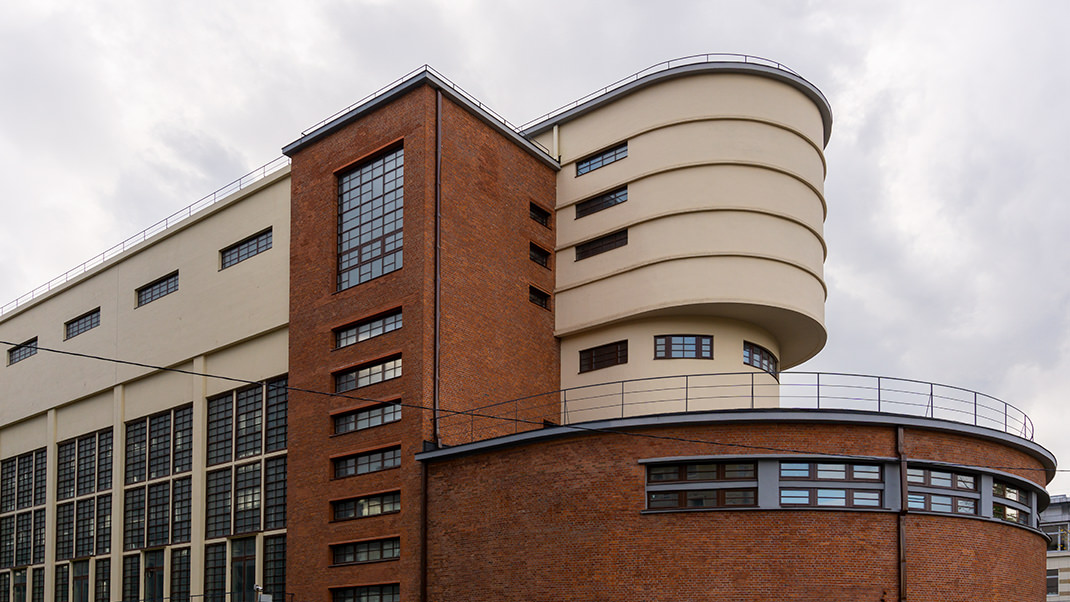
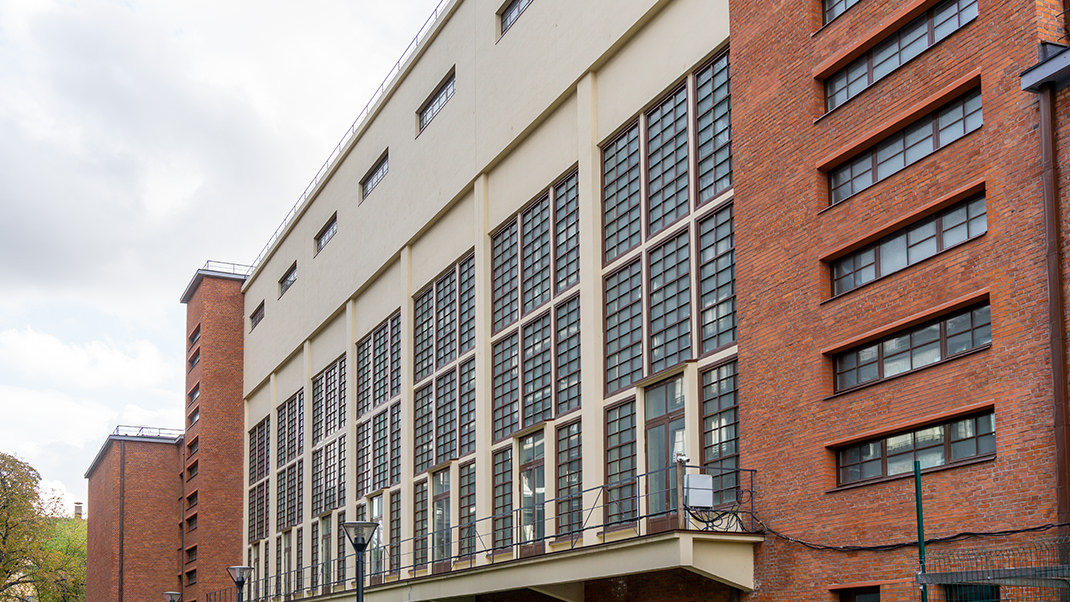
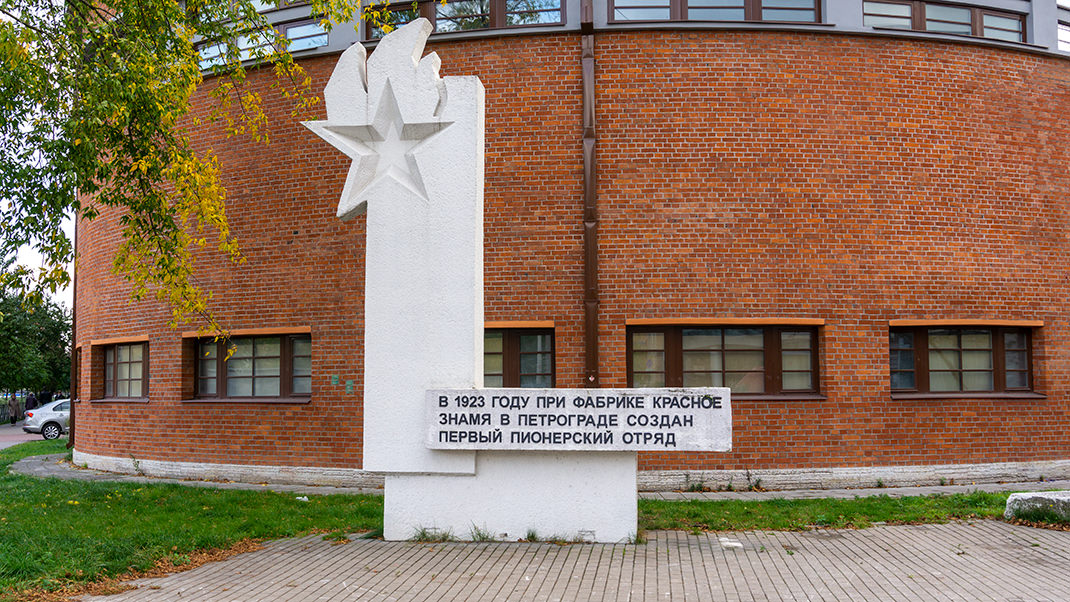
How to Join The Tour
The power station building is closed to the public. However, architecture enthusiasts of the Constructivist period still have the opportunity to explore its abandoned rooms—tours of the building are conducted by the "Open City" project. You can sign up for any event on the project’s website, and all you need is a passport and a bit of luck—there are always plenty of people eager to visit such closed sites.
The tours are free of charge.
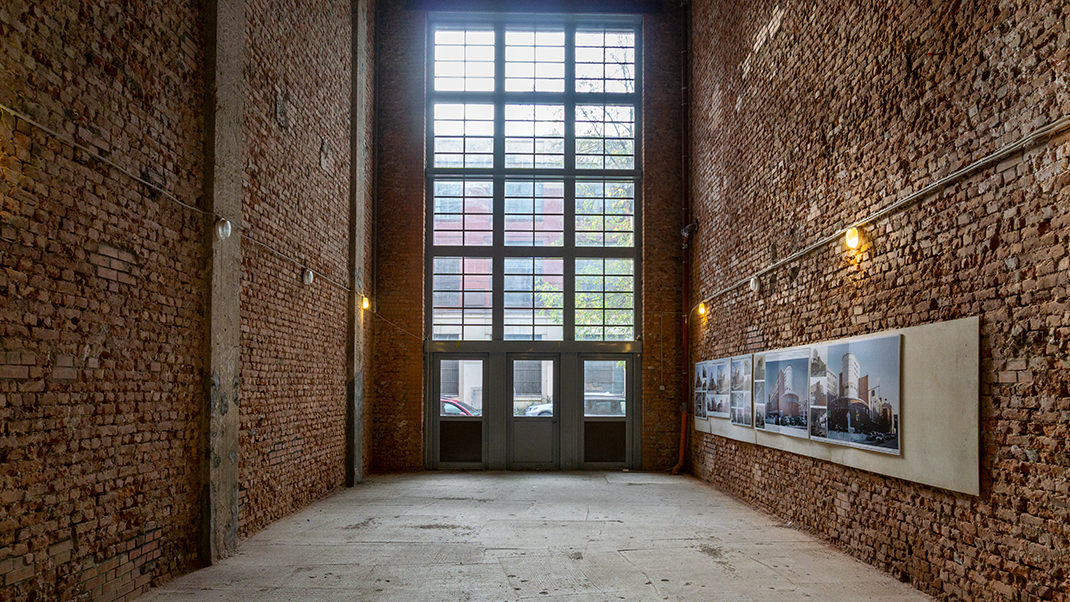
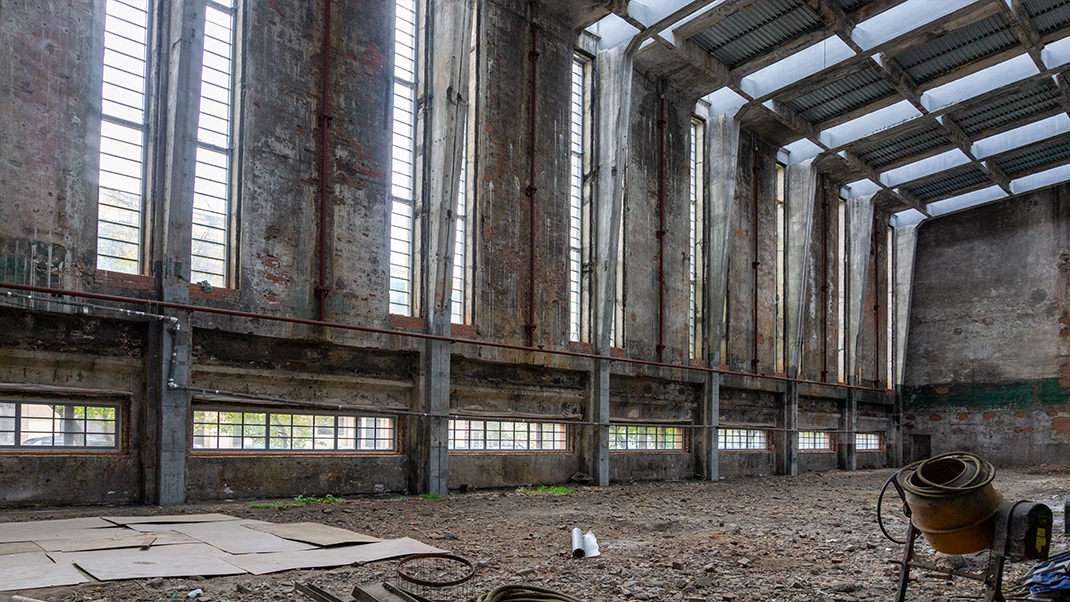
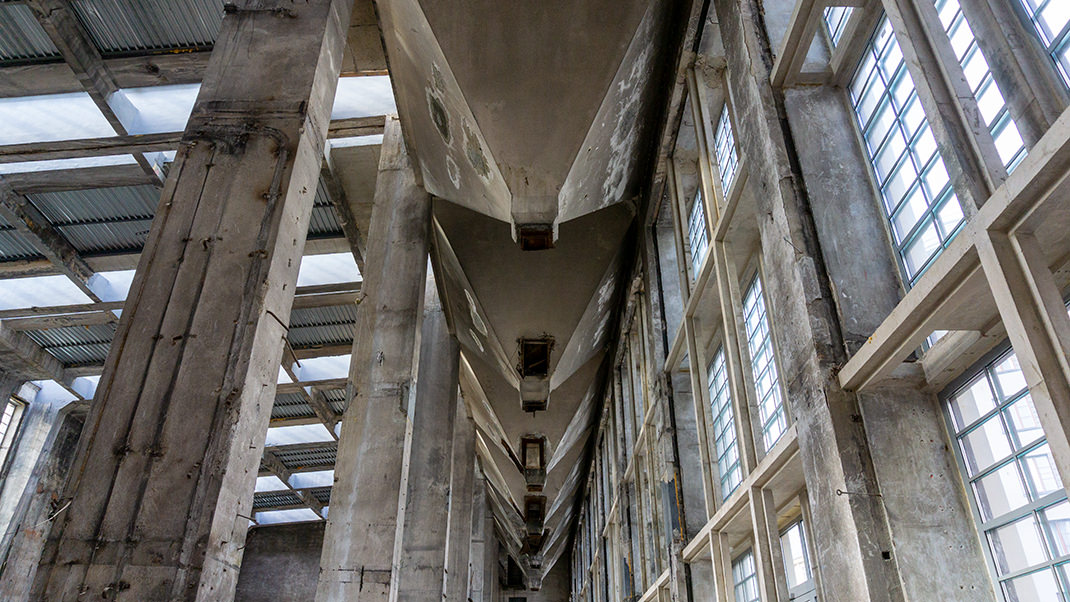
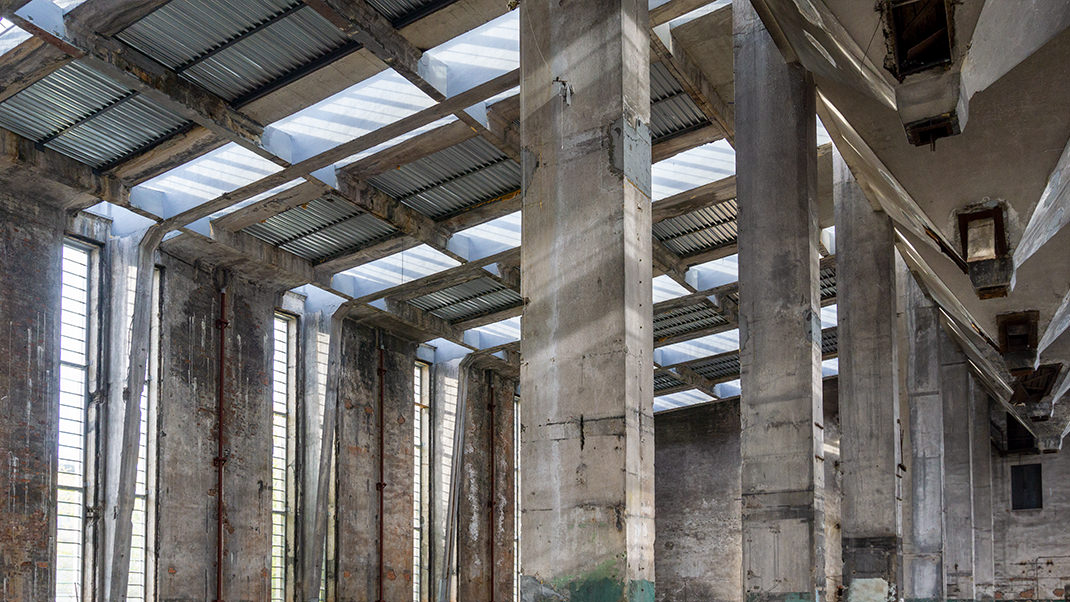
A Bit of History
The knitwear factory was founded in 1855 by merchant I.O. Natuse. Over the next 64 years, it changed ownership several times, and in 1866, it was bought by German merchant F.V. Kersten. Later, the factory passed to his widow and then to his adopted son. In 1919, the factory was nationalized.
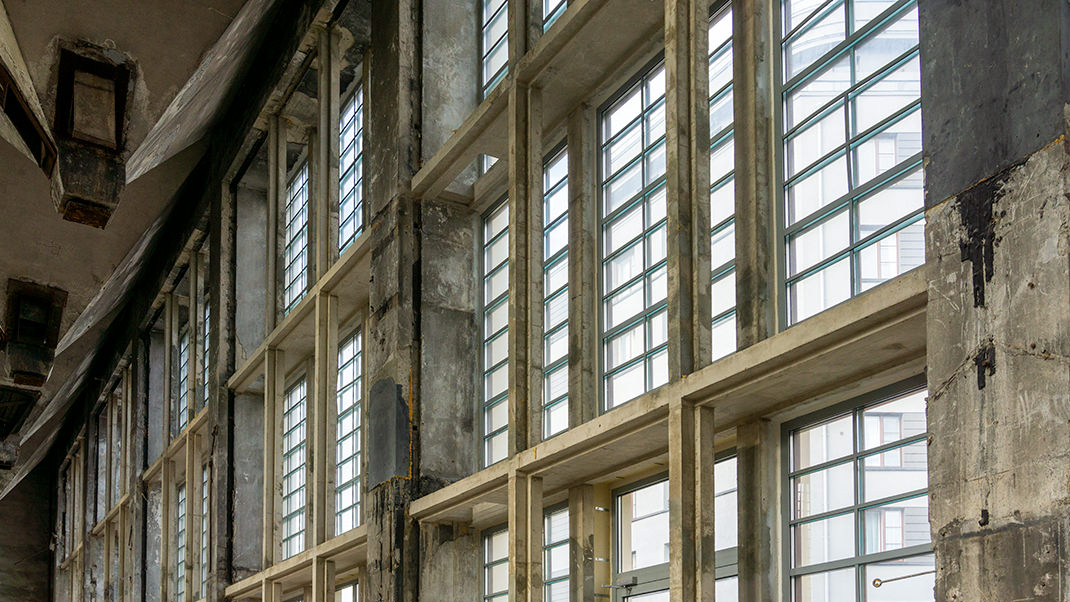
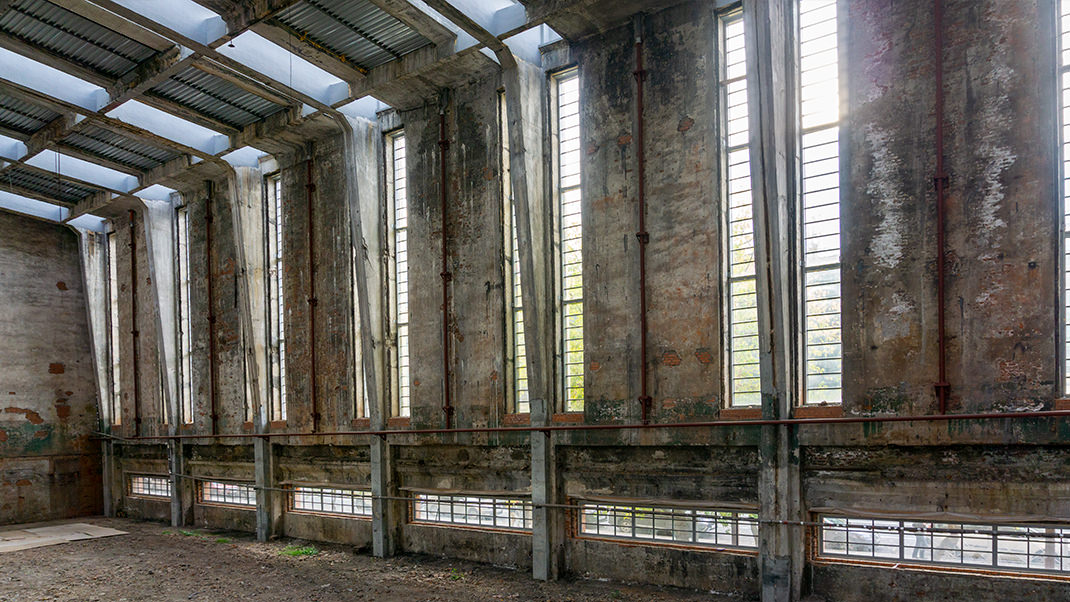
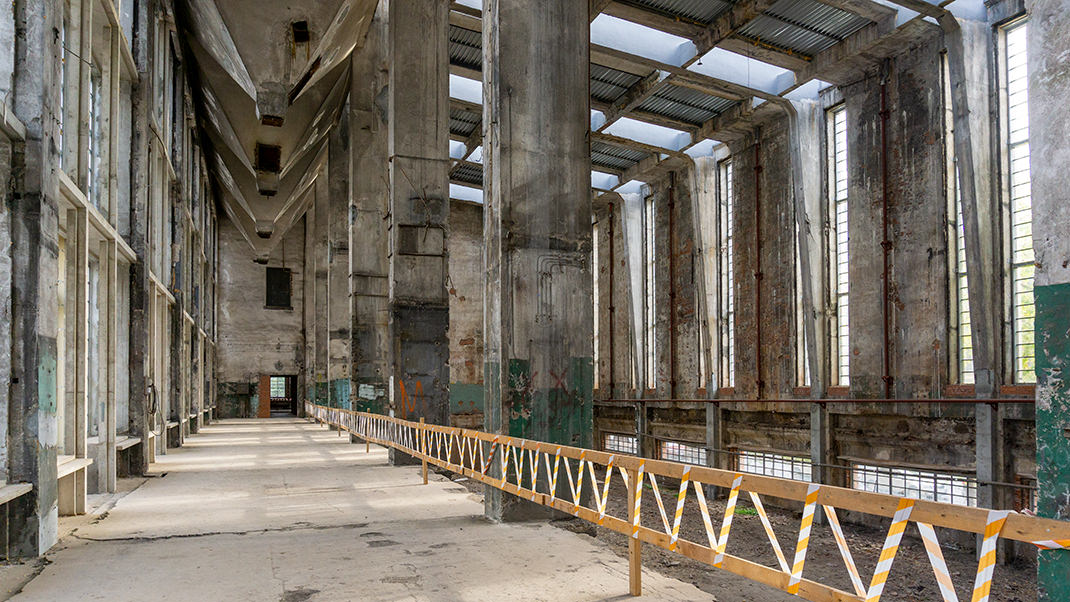
In 1922, the factory was renamed the "Krasnoe Znamya" knitwear factory. Three years later, the Leningrad Trust for Textile Production ordered the design of a new complex. The renowned German architect Erich Mendelsohn was chosen as the designer.
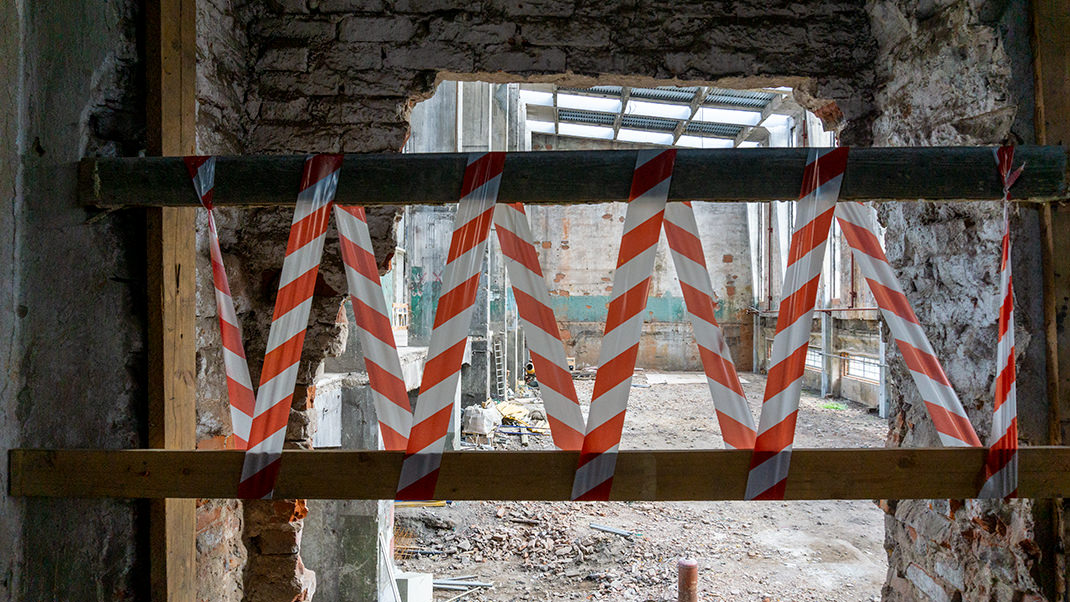
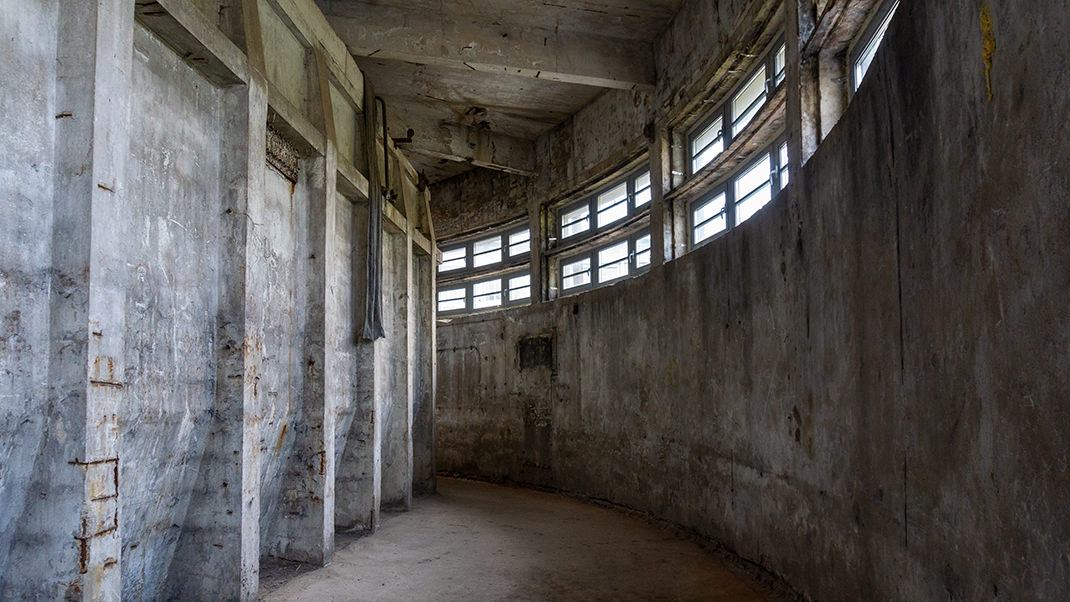
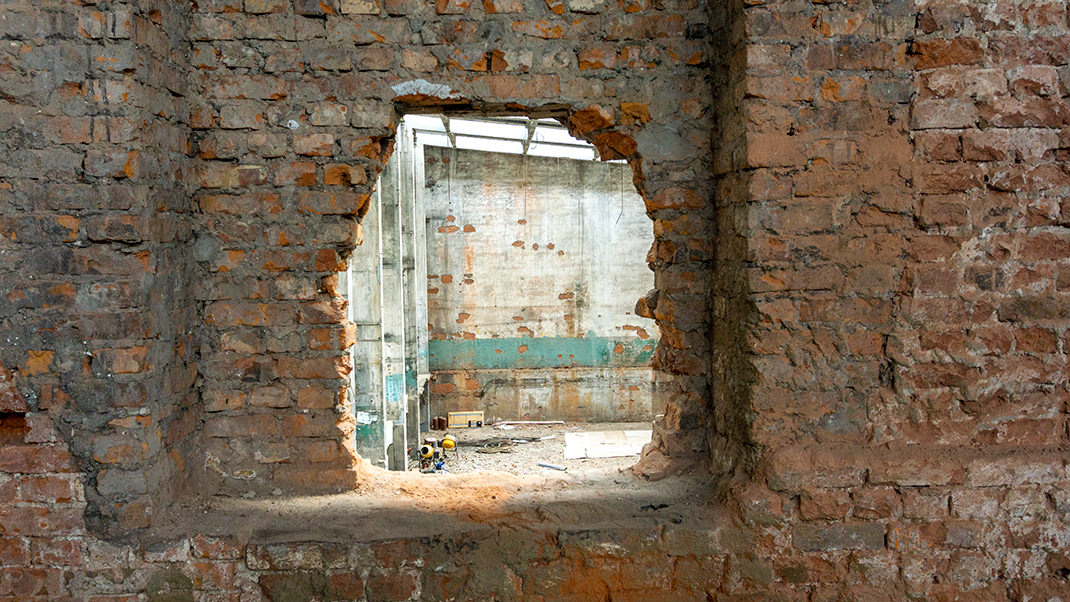
The factory’s design reflected the spirit of the time—a new architecture was being created for the new Soviet person, functional and dynamic. In addition to the construction of the power station, which resembled a ship, the original development plan also included the construction of an administration building with a strict rectangular tower and three production workshops with large ventilation structures.


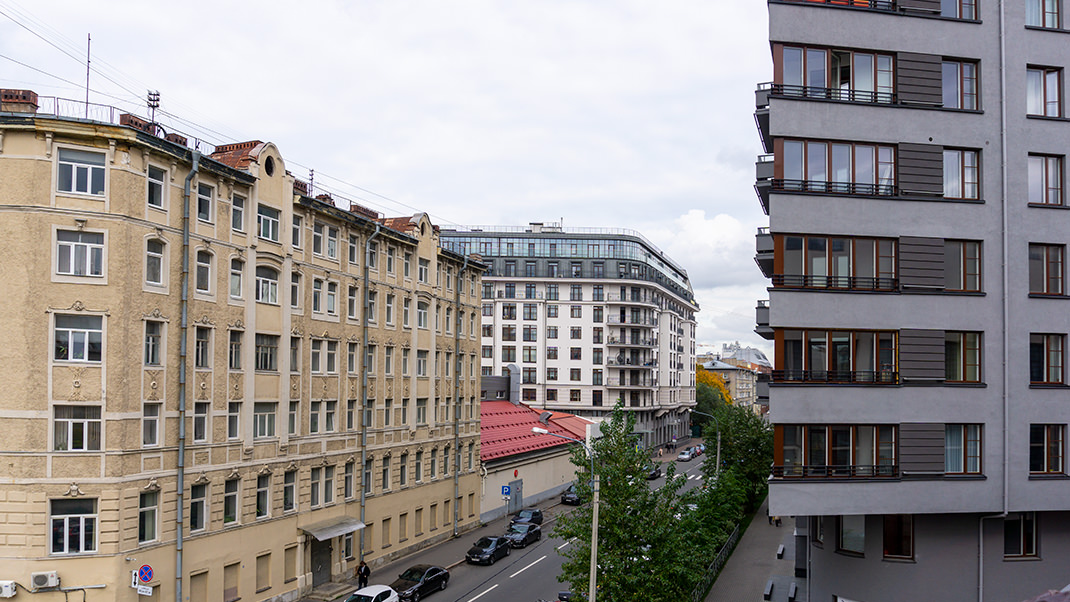
Unfortunately, the architect's vision was not fully realized: only the power station building corresponds to the original plan. The other buildings were altered, and the Constructivist tower of the administration building was never constructed. By 1927, Mendelsohn had withdrawn from the construction supervision, and eventually, he renounced authorship of the revised project. There were several reasons for this: first, the architect's original vision had been significantly simplified. Secondly, Mendelsohn faced repeated attacks from Soviet colleagues, both due to his bold architectural decisions and his foreign origin. Leningrad architects were offended that such a large-scale project was handed over to a foreign worker.
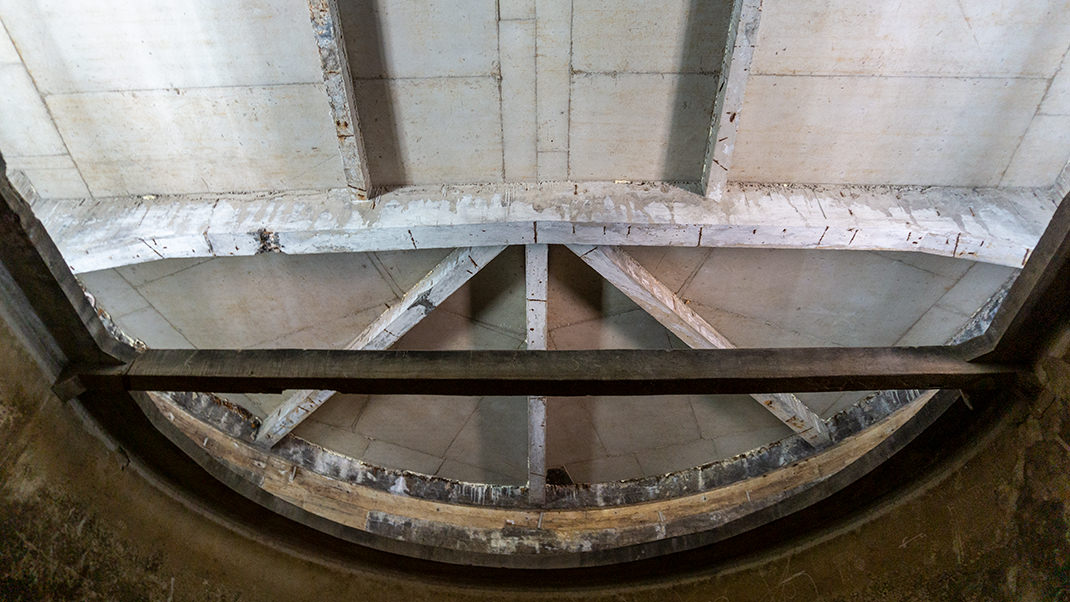
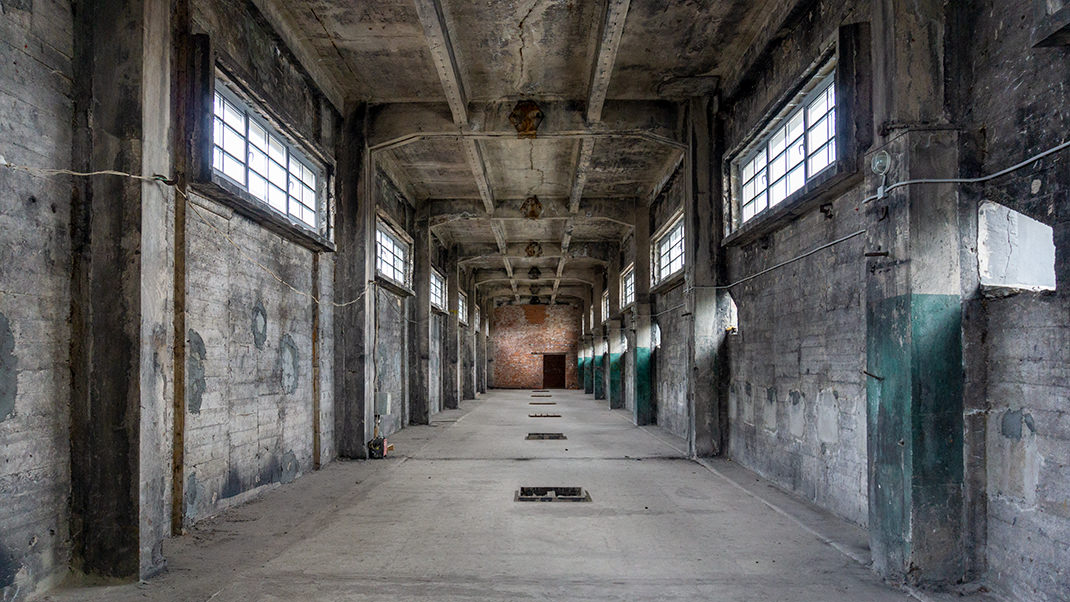
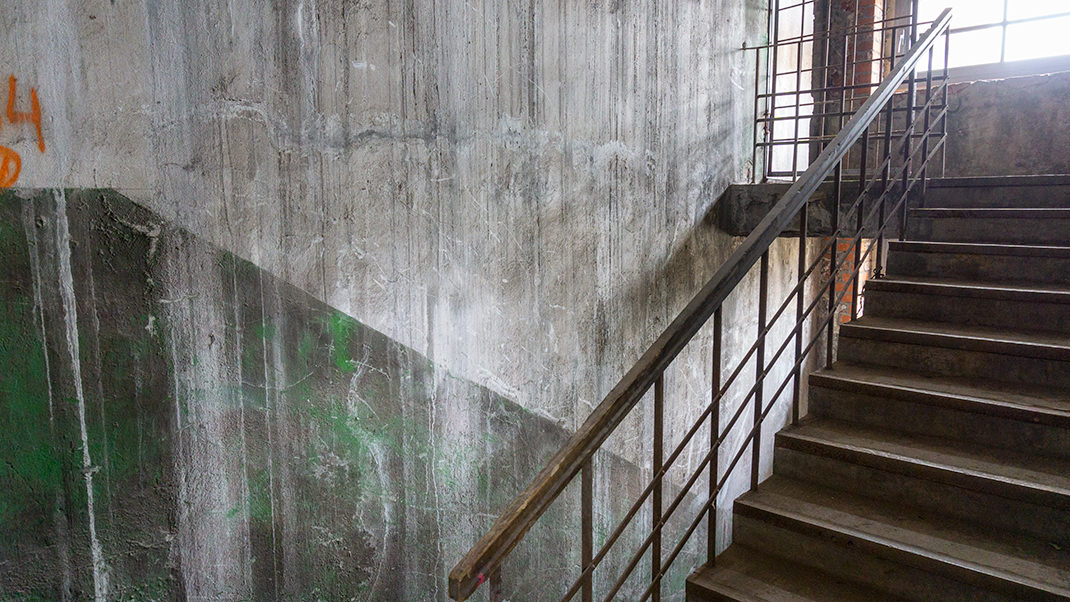
The construction of the new factory complex was completed in the 1930s. The future of the factory was quite predictable: during Soviet times, it produced hosiery, underwear, swimsuits, sportswear, and everyday clothing. In 1992, the factory became a joint-stock company. In 2003, production was fully shut down.
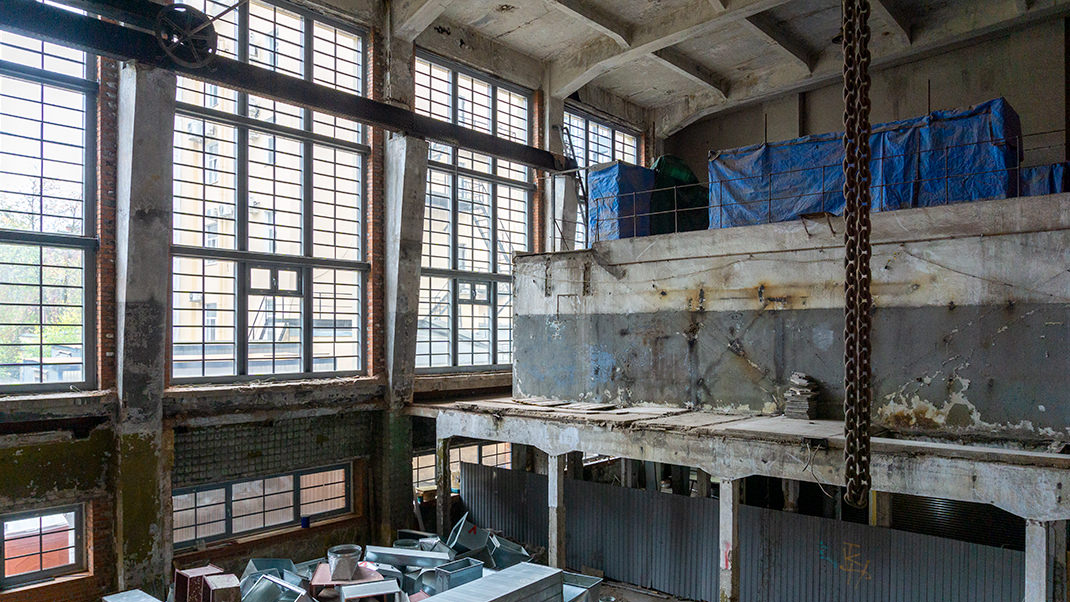
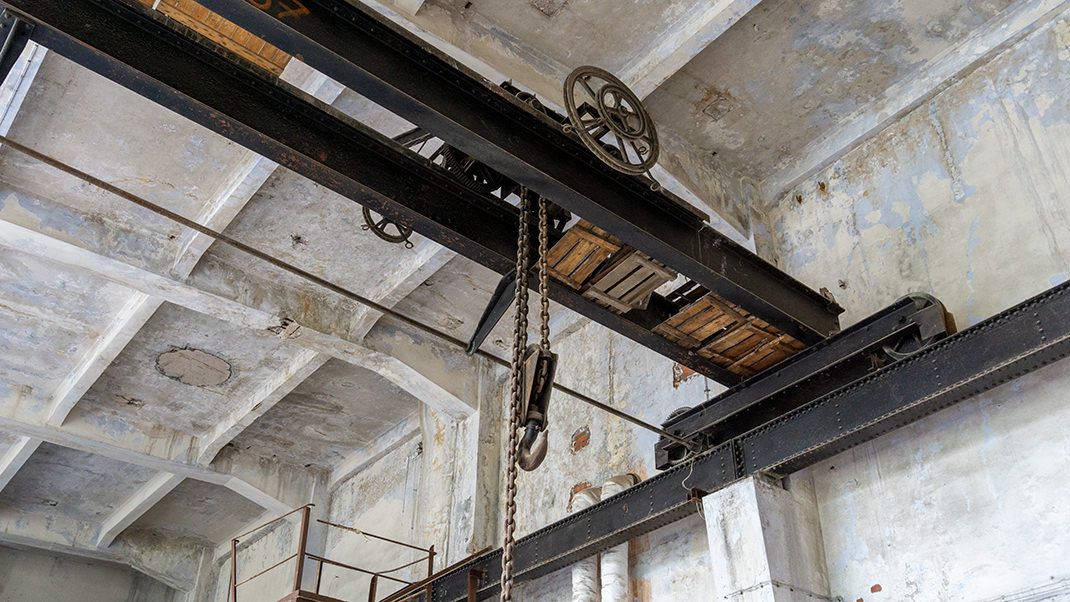
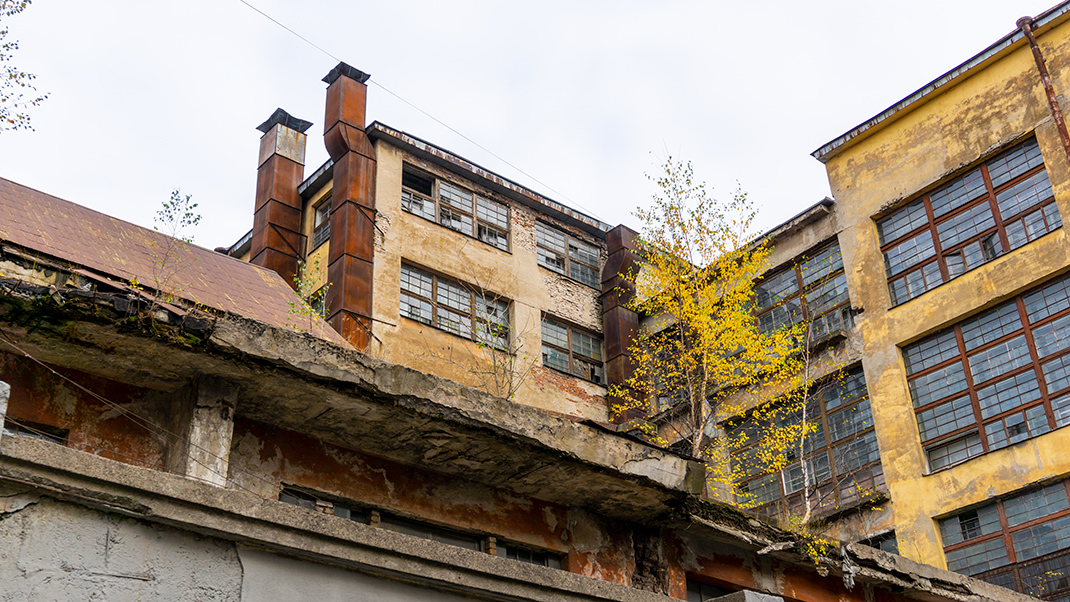
The power station building avoided the fate of many industrial architecture monuments, like the "Krasny Treugolnik" factory. It has been completely preserved to this day, and even restoration work has been carried out. However, this restoration only affected the building’s facade, which was restored by the developer of a nearby residential building. The interior rooms remain empty, awaiting an investor who could fund further reconstruction and modernization of the structure.
In summary:
- Unusual architecture;
- Access is only available in a guided tour group;
- The building has been restored on the outside but is severely damaged inside.


